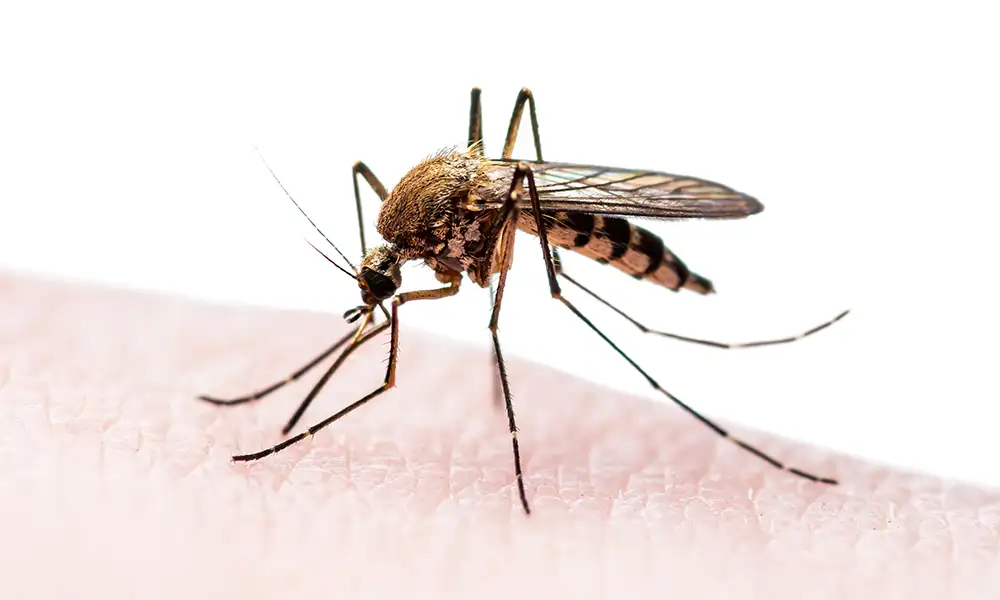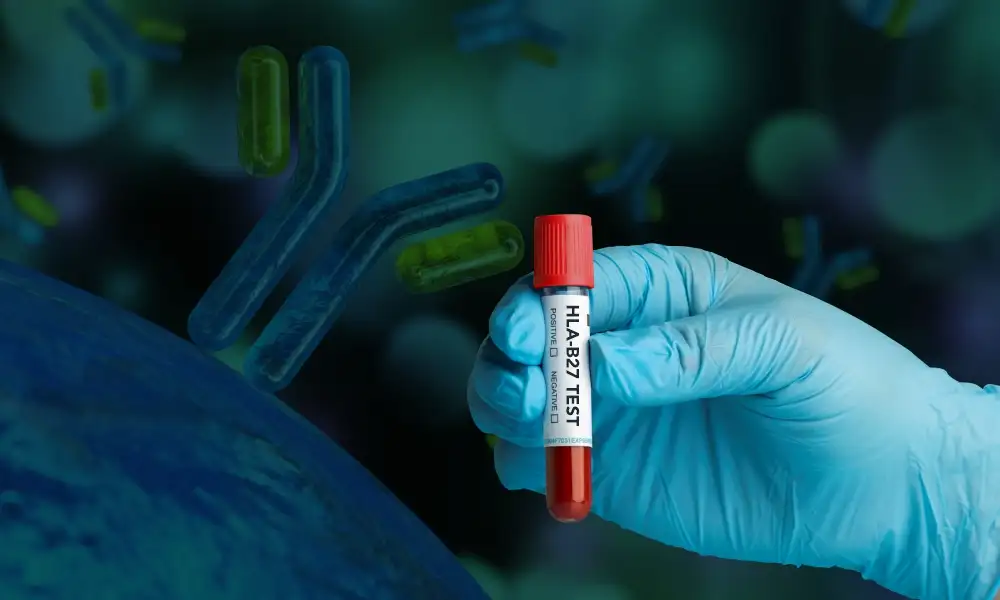COVID-19: The Impact of Second Wave
- May 28,2022
- 2 Min Read

The 2nd wave of COVID-19 has been worse than the first wave. But what has been the overall impact of the second wave? We performed an analysis and these are the relevant findings:
Ct Values: The median Ct value for RT-PCR positive patients has shown an overall downward trend since January 2021, suggesting higher median viral loads among affected patients.
Age Distribution: As can be seen from the graph, the percentage of those affected in the 0-18 age group has gone up from 5% in January 2021 to 8% in May 2021. Similarly, those affected in the 18-35 age group have gone up from 29% to 36%. Conversely, the share of the 35-55 age group has dropped from 38% to 24% and of the 55+ age group, from 28% to 22%.
While these may seem small shifts, one must take into account the huge numbers of patients affected.
CBC: Platelet Counts: Since January 2021, we have observed that the proportion of patients with thrombocytopenia (platelet count < 150,000/µL) have been increasing i.e. thrombocytopenia is becoming a more common finding.
CBC: WBC Counts: Leukopenia is most commonly seen above the age of 35: 75% of all leukopenia cases were seen above the age of 35.
~92% cases of lymphopenia occurred when the patient’s Ct value was less than 30.
CBC: NLR: A neutrophil lymphocyte ratio (NLR) of more than 3.5 has been touted as a prognostic marker for moderate to severe disease. We found that NLR>3.5 is seen more in the ages of 55 and above.
CRP: The proportion of COVID patients with an elevated CRP have also been on a slight uptrend since March 2021.
CRP elevations in COVID-19 cases are most often seen in age 35 and above: 83% of all the cases with elevated CRP (>6 mg/L) were seen in people above the age of 35.
Critical CRP elevations (>100) are most often seen in the 55+ age group: 67% of all cases with CRP>100 were seen in people above the age of 55.
D-dimer
The proportion of COVDI-19 patients with elevated d-dimer values have been increasing since February 2021. Also, the proportion of COVID-19 patients whose d-dimer levels exceed 1000 ng/ml have also been steady increasing with a spike seen in May 2021.
IL-6
The proportion of patients with IL-6 elevations have increased since Jan, 2021.
The above data leads us to believe that the second wave is on its way to be affecting a relatively higher proportion of people less than 35 years of age. And as revealed by our data, there also seems to be an increase in the proportion of patients presenting with thrombocytopenia, elevated d-dimer, IL-6 and CRP levels.
#unburdenhealthcare with us
Want to book a test? Fill up the details & get a callback
Most Viewed
Premarital Health Screening
- 20 Min Read
Typhoid - Signs and Symptoms
- 3 Min Read
Home Isolation Guidelines - Covid-19 Care
- 5 Min Read
HLA B27 Detection: Flow Cytometry & PCR
- 1 Min Read














